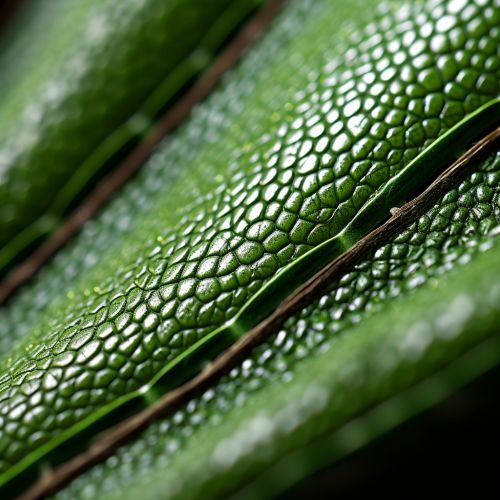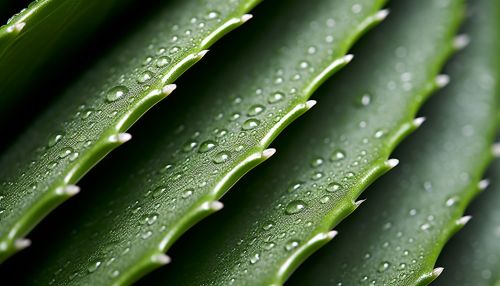Plant Adaptation
Introduction
Plant adaptation refers to the changes plants undergo in response to various stimuli in their environment. These adaptations can be structural, physiological, or behavioral, and they enable plants to survive and reproduce in their specific habitats. Understanding plant adaptations is crucial in the fields of botany, ecology, and conservation biology.
Structural Adaptations
Structural adaptations are physical features of a plant that help it to survive in its environment. These can include aspects of a plant's size, shape, color, and the type of tissue it has.
Leaf Adaptations
Leaf adaptations are common among plants, as leaves are the primary site of photosynthesis. For example, desert plants like cacti have small or no leaves to reduce water loss through transpiration. On the other hand, plants in rainforests often have large, broad leaves to maximize sunlight absorption.


Root Adaptations
Root adaptations are also crucial for plant survival. Plants in dry environments often have deep root systems to access water stored deep in the soil. In contrast, plants in waterlogged environments like mangroves have shallow roots that spread out horizontally to provide stability and aeration.
Stem Adaptations
Stem adaptations can also be seen in various plants. For example, some desert plants have thick, fleshy stems that store water. In contrast, climbing plants like ivy have flexible stems that allow them to climb and access sunlight.
Physiological Adaptations
Physiological adaptations involve changes in a plant's metabolic processes, which can help it to survive in challenging environments.
Photosynthesis Adaptations
Photosynthesis adaptations are common among plants. For instance, desert plants often use a specialized form of photosynthesis known as Crassulacean Acid Metabolism (CAM) to reduce water loss.
Drought Resistance
Drought resistance is another key physiological adaptation. Some plants can enter a dormant state during periods of drought, resuming growth when water becomes available again. This is known as drought dormancy.
Salt Tolerance
Salt tolerance is crucial for plants in saline environments like coastal areas. These plants can excrete excess salt through their leaves or store it in their tissues to prevent damage.
Behavioral Adaptations
Behavioral adaptations involve changes in a plant's behavior or life cycle in response to environmental stimuli.
Phototropism
Phototropism is a common behavioral adaptation where plants grow towards light. This allows them to maximize their exposure to sunlight for photosynthesis.
Thigmotropism
Thigmotropism is the growth of plants in response to touch. This is seen in climbing plants, which grow around supports to reach sunlight.
Seasonal Adaptations
Seasonal adaptations are also common in plants. For example, deciduous trees shed their leaves in autumn to conserve water during the winter.
Conclusion
Plant adaptations are a fascinating aspect of nature, demonstrating the incredible ways in which plants have evolved to survive in a wide range of environments. Understanding these adaptations is not only interesting, but also crucial for conserving plant diversity and managing our natural resources effectively.
